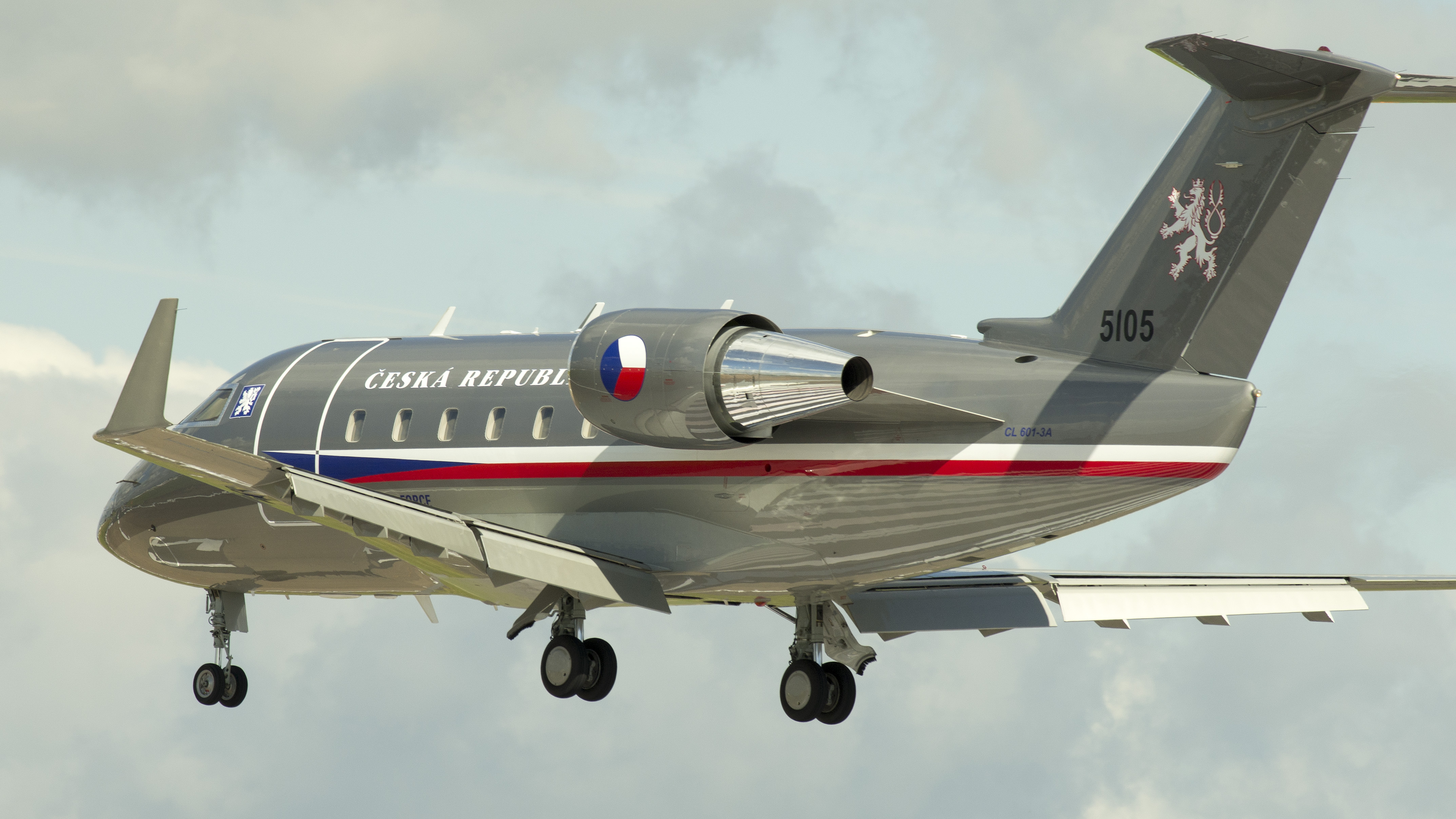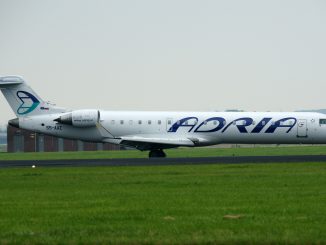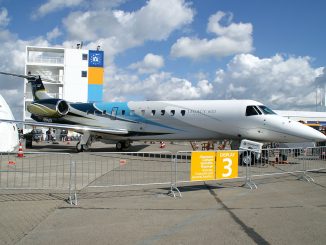
The Bombardier Challenger 600 series is a family of business jets. The Challenger is a twin-engined corporate jet aircraft produced by the Canadian manufacturer Canadair Ltd. and later Bombardier Aerospace. The efficient and reliable Challenger aircraft fleet has over 4.5 million flight hours, making this tried and true aircraft a highly-respected, all-around performer and an easy choice for business leaders who recognize great value. The aircraft’s cost efficiency matches that of an appreciably smaller jet, while offering the widest cabin space in all of business aviation.
Developing nation: Canada.
Manufacturer/designer: Bombardier Aerospace/Canadair.
Production Lines: Montreal, Quebec, Canada.
Type aircraft: business jet.
First flight: 8 November 1978.
First delivery: 1980.
Variants
CL-600
- CL-600: original production version, powered by Avco Lycoming ALF 502L turbofans of 7500 lbf (33.6 kN) thrust each. Built from 1978 to 1982 (81 built)
- CL-600S: 3 CL-600s retrofitted with the winglets introduced on the CL-601-1A. 21 aircraft purchased by the Royal Canadian Air Force, designated CC-144, CE-144, and CX-144.
CL-601
- CL-601-1A: refined version including winglets to decrease drag and more powerful GE CF34-1A (66 built, including four Canadian Forces CL-144/ CC-144B)
- CL-601-1A/ER: 601-1A retrofitted with an additional fuel tank in the tail
- CL-601-3A: GE CF34-3A engines with a higher flat rating and a glass cockpit. This was the first version marketed by Bombardier.
- CL-601-3A/ER: 601-3A with an additional, optional fuel tank in the tail
- CL-601-3R: the tail tank was made standard, CF34-3A1 Engines were introduced.
CL-604
- CL-604: major upgrade of the 601 design, incorporating more advavanced GE CF34-3B engines; increased fuel capacity, including saddle tanks in the rear of the aircraft; new undercarriage for a higher takeoff and landing weight; structural improvements to wings and tail; and a new Rockwell Collins ProLine 4 avionics system. The C-143A is a single Challenger 604 aircraft, which was acquired by the United States Coast Guard in December 2005 as its new Medium Range Command and Control Aircraft (MRC2A).
-
- CL-604 Multi-Mission Aircraft: militarized version, developed by Field Aviation in Danish service The aircraft are employed on maritime patrol and search and rescue missions.They are capable of landing on the short, rough, gravel airstrips common in the Arctic.
CL-605
- CL-605: introduced in early 2006 as an avionics and structural upgrade of the 604 design. Structural improvements include larger cabin windows. Cockpit instrumentation updated with the Collins Proline 21 avionics and “electronic flight bag” capability. It can be visually identified by a new, rounded tailcone.
CL-610
The CL-610 Challenger E was to have been a stretched version for use as a cargo aircraft by Federal Express, or alternatively, as a passenger aircraft with seating for 24 passengers. Federal Express placed orders for 25 CL-610s, but these orders were canceled after the passage of air cargo deregulation in the U.S. in 1977. Development was halted by Canadair in 1981 without any having been built. A few years later, a new project would develop the Canadair Regional Jet based on a stretched Challenger design.
Specifications (CL-601-3A)
General characteristics
- Crew: Two (pilot & co-pilot)
- Capacity: Up to 19 passengers, depending on configuration
- Length: 20.85 m (68 ft 5 in)
- Wingspan: 19.61 m (64 ft 4 in)
- Height: 6.30 m (20 ft 8 in)
- Wing area: 48.3 m² (520 ft²)
- Empty weight: 9,292 kg (20,485 lb)
- Loaded weight: 19,618 kg (43,250 lb)
- Useful load: 1,814 kg (4,000 lb)
- Max. takeoff weight: 19,550 kg (43,100 lb)
- Powerplant: 2 × General Electric CF34-3A turbofans, 40.7 kN (9,140 lbf) each
Performance
- Maximum speed: 882 km/h (476 knots, 548 mph)
- Cruise speed: 851 km/h, (459 knots, 529 mph)
- Range: 6,236 km (3,366 nm, 3,875 mi)
- Service ceiling: 12,500 m (41,000 ft)
- Rate of climb: 1,355 m/min (4,450 ft/min)
All pictures courtesy of Zijde Aviation Photo and Publishing, Rob Vogelaar / Marcel van Leeuwen






